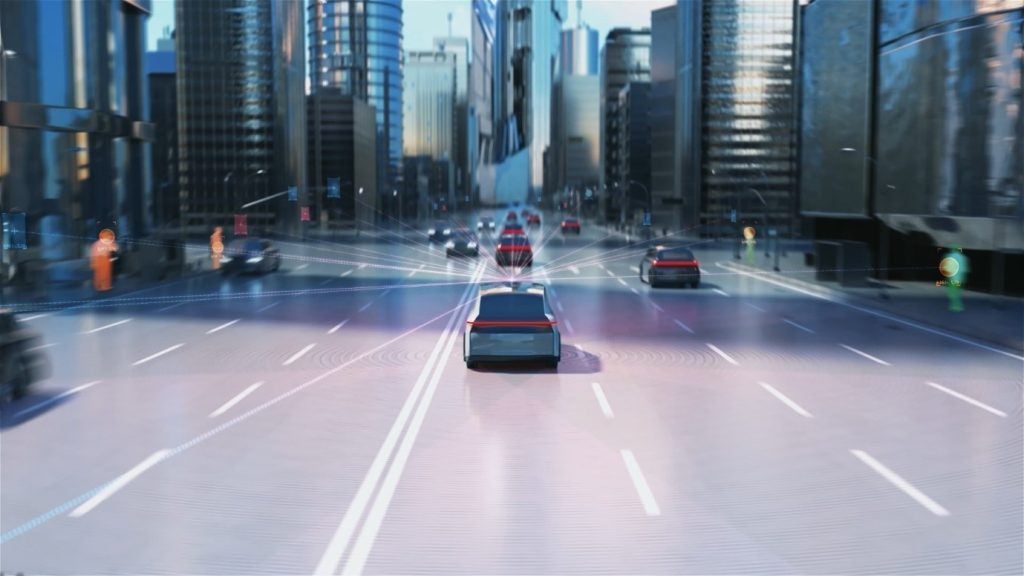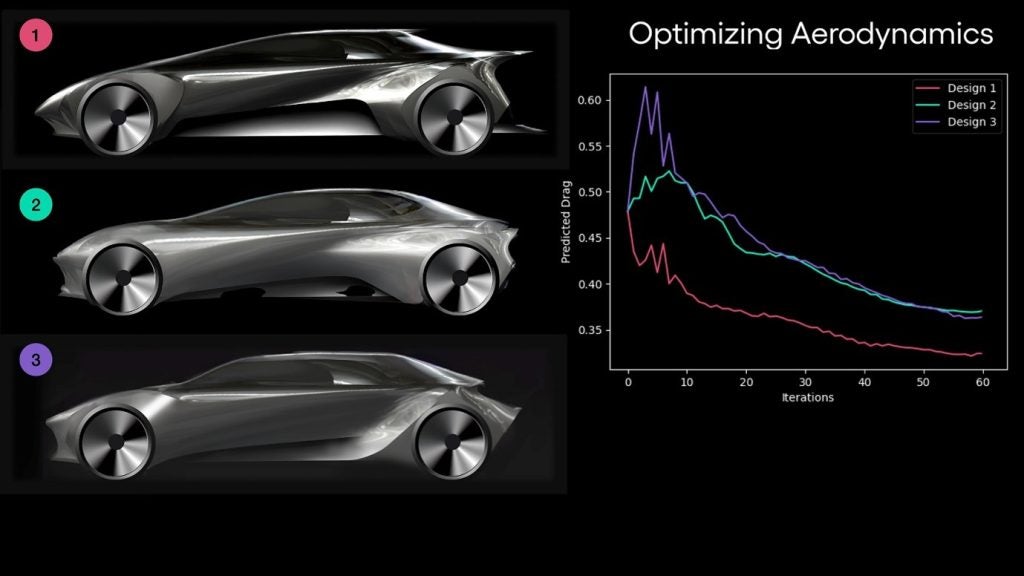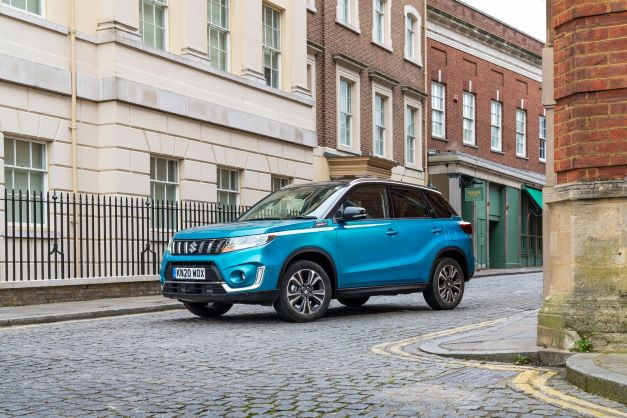
Inside story
The cockpit is easy on the eye with splashes of chrome dotted around. Standard equipment on the SZ-T includes seven airbags, LED multi-reflector headlamps for low and high beam, USB and Bluetooth connectivity, traffic sign recognition, blind-spot monitor, adaptive cruise control, auto air conditioning and front and rear electric windows, keyless entry and start, rear privacy glass, white stitching for seat trim fabric, Smartphone link audio and navigation system.
Moving up to SZ5 adds suede seat upholstery and front and rear parking sensors. SZ5 models also have a large sunroof consisting of two individually sliding glass panels which extend over the front and rear seats. With the sunroof closed, the glass panels have a combined length of 1,000mm. When open, the aperture has a length of 560mm representing one of the largest in the class.
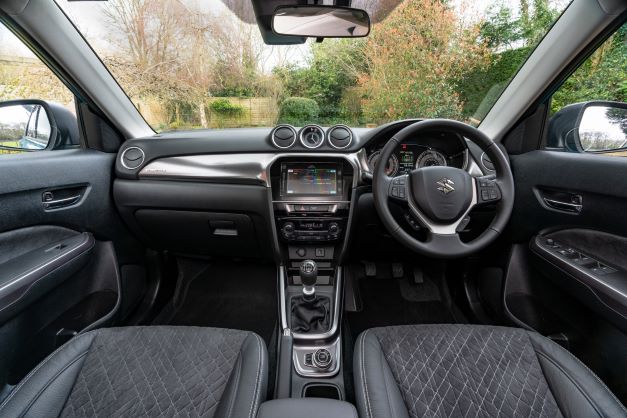
Other creature comfort and convenience features (depending on spec) include push engine start, rear parking camera, tyre pressure monitoring system and remote fuel lid opener.
Room in the front is generous thanks to the seats and leather-covered steering wheel offering plenty of adjustment. Passenger space in the back is also reasonable with enough legroom to seat three adults comfortably. Storage-wise, there is an ample-sized glovebox, small cubby hole behind the manual handbrake and two cupholders in front, decent-sized unflocked door bins front and rear with space for a bottle.
Further back, the boot offers 289-litres of luggage space. The load surface has a two-position (upper and lower) deck. This can be opened and closed in the upper position as if it were hinged from the rear seatbacks. The rear seats (split 60/40) can be flipped forward using a lever in the boot to liberate a total of 642-litres of luggage space.
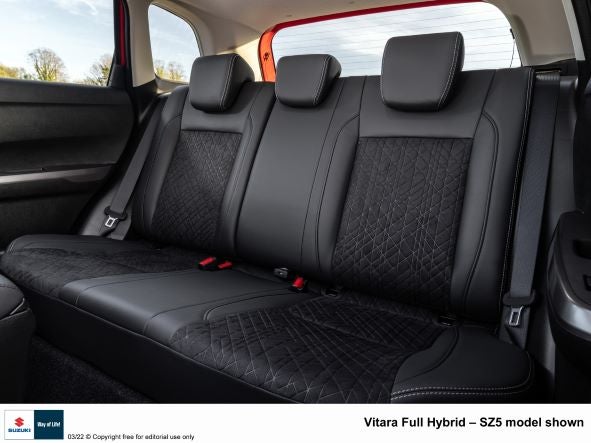
Infotainment and connectivity
A neat 4.2-inch LCD is positioned at the centre of the instrument cluster, with engine output and torque data, fuel consumption, hybrid energy flow, average speed, acceleration and brake operation as well as driving G-force tracking.
Positioned centre stage on a console slightly angled toward the driver is a seven-inch glossy touchscreen that displays the sat-nav amongst other features. It enables the use of certain smartphone applications with MirrorLink, Android Auto and Apple CarPlay connection. Beneath the touchscreen are a few dials and buttons to operate the HVAC.
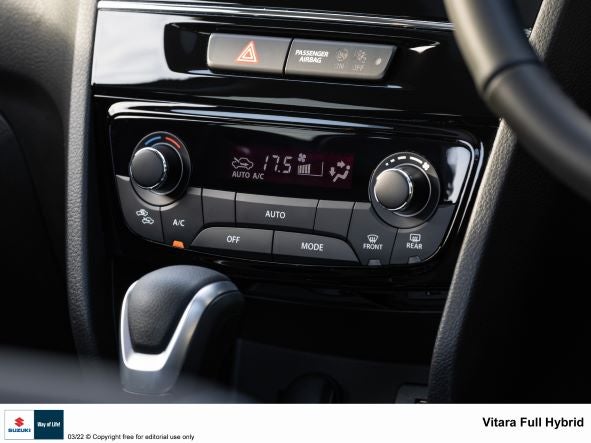
Advanced driver assistance system
The spec sheet for our 1.5 Full Hybrid SZ5 lists a string of advanced driver assistance technologies, notably a forward detection system that combines a monocular camera and laser sensors for advanced safety functions. These include autonomous emergency braking (AEB), lane departure warning, rear cross-traffic alert and traffic sign recognition. It also uses millimetre-wave radar to enable adaptive cruise control. Forward visibility is good and rear parking sensors help when reversing into tight spaces.
The forward detection system monocular camera excels at mid to long-distance detection and also recognition of traffic elements including pedestrians and lane markers. The laser sensor is effective at monitoring shorter distance hazards and also night vision detection. The forward detection system supports several safety technologies, chief among which is collision-mitigating Dual Sensor Brake Support (DSBS). With DSBS, at vehicle speeds from approximately 3mph to 62mph, if the system determines a risk of collision with a forward obstacle, it issues both an audio and visual warning. If there is a high risk of collision with a forward obstacle and the driver panic brakes, the system deploys brake assist, increasing braking force. If the risk of a collision increases, the system applies full automatic braking to avoid the collision or reduce damage.
In addition to a lane departure warning function, the Vitara incorporates a ‘sway alert’ function. As the name suggests, when the car is weaving from side to side – and travelling at speeds of about 37mph or above – the system sounds a warning buzzer and lights an indicator on the instrument panel.
On the road
Suzuki’s All Grip ‘Select’ system is available as an option on the SZ5 model and incorporates four driver-selectable modes:
- Auto: The auto mode prioritises fuel economy in typical driving conditions and uses two-wheel drive by default. It switches to four-wheel drive if it detects wheel spin.
- Sport: The sport mode is optimal for twisty roads. The system makes maximal use of four-wheel drive following accelerator inputs. At low and mid-range engine speeds, the system alters the accelerator/torque characteristics to optimise engine response and cornering performance.
- Snow: The snow mode is optimal for snowy, unpaved, and other slippery surfaces. The system uses four-wheel drive by default. It optimises four-wheel-drive control by steering and accelerator inputs to promote traction and stability on low friction surfaces.
- Lock: The Lock mode is for extricating the car from snow, mud, or sand. A limited-slip differential is fitted which helps brake any slipping wheel and transfer torque to the gripping wheels.
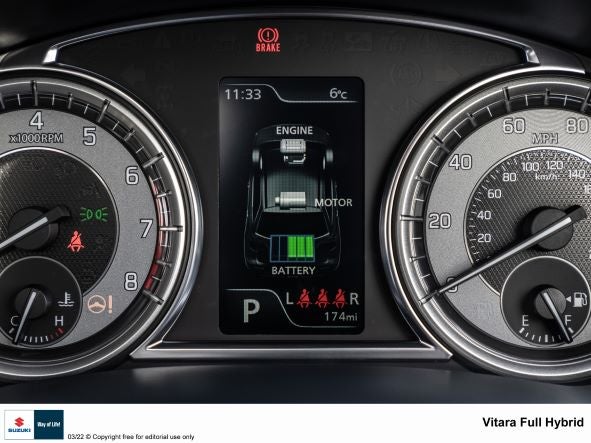
The Vitara is produced at the carmaker’s plant in Magyar, Hungary which also produces all S-Cross models for European markets as well as exports worldwide.
On balance, this no-nonsense SUV interior offers plenty of space with lots of standard equipment. It is fun to drive yet comfortable and practical to live with on a day-to-day basis. It is also economical. Officially, the 1.5-litre petrol hybrid will achieve 48 mpg. Our run-about this week achieved close to that headline. Rival models include the Peugeot 2008, Honda HR-V and Toyota C-HR.


